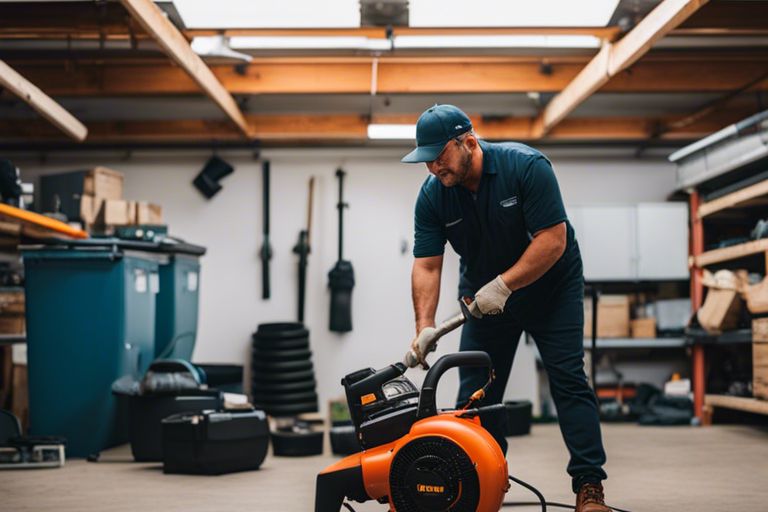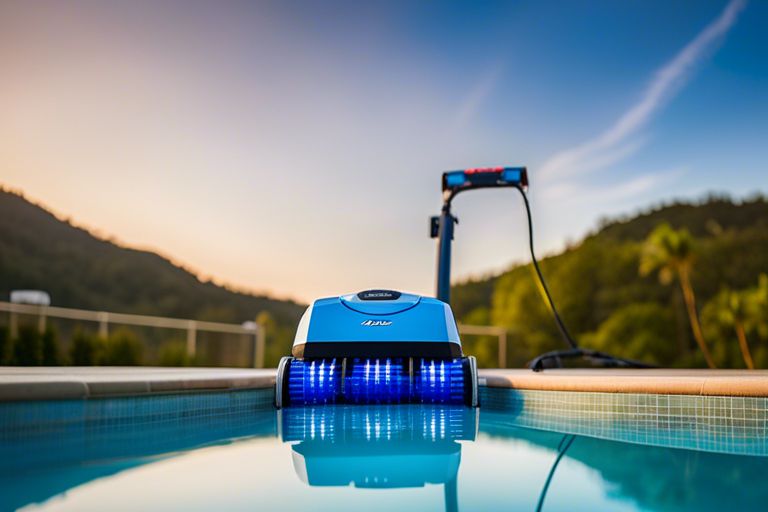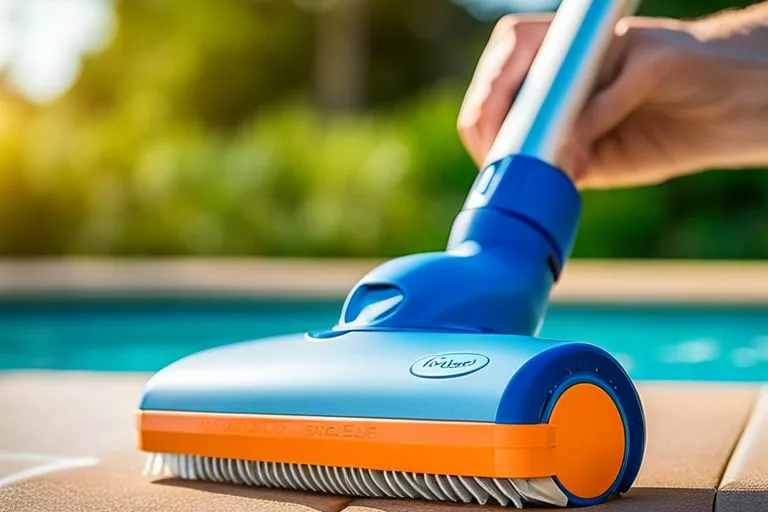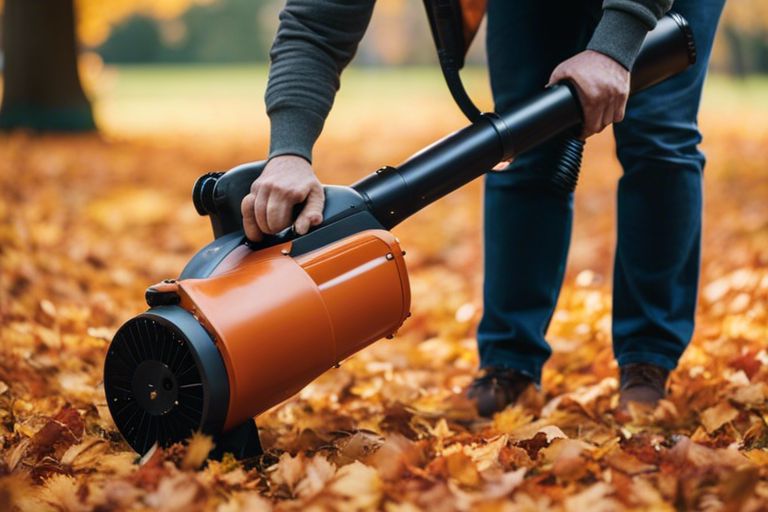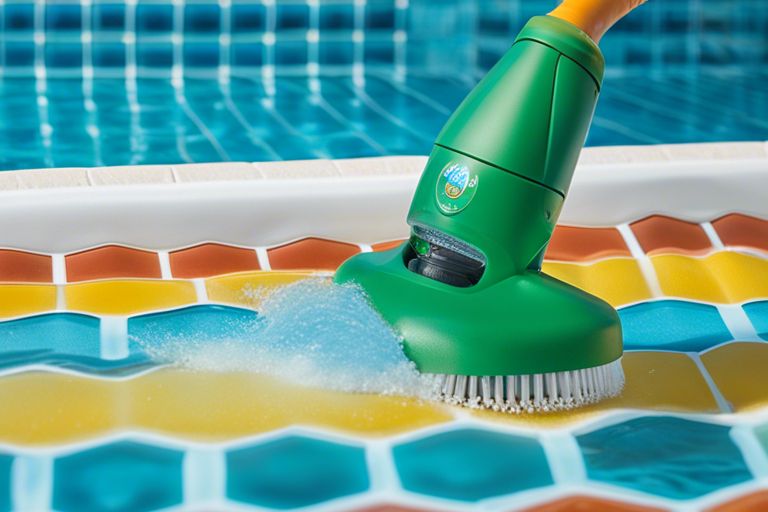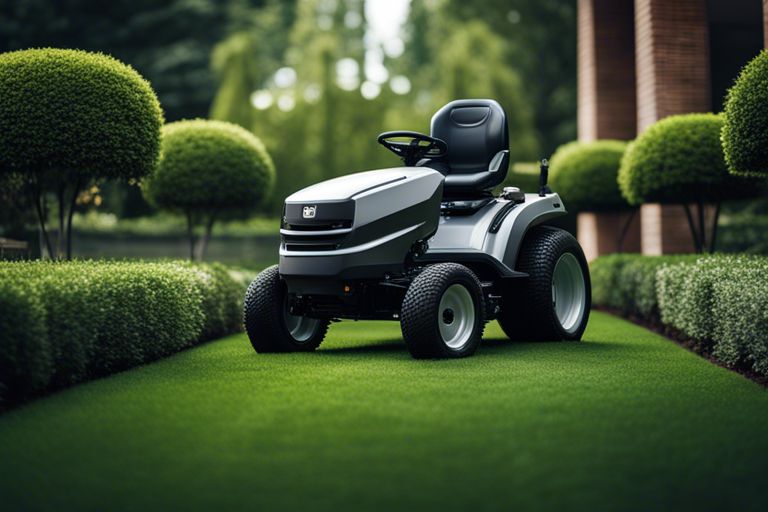Maintenance of your leaf blower is crucial to keep it running smoothly and efficiently. Neglecting proper care can lead to malfunctions or even dangerous accidents. In this easy step-by-step guide, we will walk you through the important tasks to master leaf blower maintenance. By following these simple instructions, you can save time and money by avoiding costly repairs and prolong the lifespan of your trusty outdoor tool. Let’s get started!
Contents
- 1 Discovering the Types of Leaf Blowers
- 1.1 READ ALSO
- 1.2 Top 10 Best Amazon Smart Home Devices for 2024 Under Max Product Price!
- 1.3 How to Send Gmail with High Importance: Quick and Easy
- 1.4 Corded Electric Leaf Blowers: Plug in and Power Up
- 1.5 Battery-Powered Leaf Blowers: Convenience Meets Mobility
- 1.6 Gas-Powered Leaf Blowers: For the Heavy-Duty Enthusiasts
- 2 Top Tips Before You Start Maintenance
- 3 Step-by-Step: Fine-Tuning Your Leaf Blower
- 4 Factors Affecting Your Leaf Blower’s Performance
- 5 The Pros and Cons of DIY Maintenance
- 6 Summing up
Discovering the Types of Leaf Blowers
While begining on your leaf blower maintenance journey, it’s important to first understand the different types of leaf blowers available. Whether you prefer the ease of electric power, the convenience of battery-operated tools, or the robustness of gas-powered equipment, there’s a leaf blower type that suits your needs.
|
|
Corded Electric Leaf Blowers: Plug in and Power Up
Plug in your corded electric leaf blower and experience the convenience of continuous power without the need for refueling or recharging. Perfect for smaller yards or areas closer to power sources, these leaf blowers are lightweight and easy to maneuver.
Battery-Powered Leaf Blowers: Convenience Meets Mobility
Plug in your battery-powered leaf blower and enjoy the freedom to move around without being tied down by cords. These leaf blowers offer a good balance of power and mobility, making them ideal for medium-sized yards or areas further from power outlets.
Power up your yard work with the convenience and mobility of battery-powered leaf blowers. These tools offer the freedom to move around without being limited by cords, providing a hassle-free experience for maintaining your outdoor spaces. With advancements in battery technology, these leaf blowers are becoming increasingly powerful and efficient, offering a great solution for those looking to balance convenience with performance.
Gas-Powered Leaf Blowers: For the Heavy-Duty Enthusiasts
For those who require maximum power and performance, gas-powered leaf blowers are the go-to choice. Ideal for heavy-duty tasks and larger properties, these leaf blowers offer unmatched blowing power to tackle even the toughest debris and leaves.
Plus, gas-powered leaf blowers are known for their robustness and ability to handle large volumes of debris, making them a popular choice among professional landscapers and homeowners with expansive outdoor spaces. While these leaf blowers offer unparalleled power, they require regular maintenance and can be heavier and louder compared to electric or battery-powered alternatives.
Top Tips Before You Start Maintenance
Some top tips to keep in mind before you explore leaf blower maintenance include:
- Checking the manufacturer’s manual for specific maintenance instructions.
- Gathering all the necessary tools and replacement parts before you begin.
- Cleaning the leaf blower thoroughly to remove any debris or dirt buildup.
Recognizing the importance of these steps will help ensure a smooth maintenance process and keep your leaf blower running efficiently for years to come.
Safety First: Preparing for a Trouble-Free Tune-Up
Little safety precautions can go a long way when preparing for a trouble-free tune-up. Before starting any maintenance work, make sure to wear protective gear such as gloves and safety goggles. Clear your workspace of any clutter or obstacles to prevent accidents. Additionally, always disconnect the spark plug before performing any maintenance tasks to avoid the risk of accidental starts.
Setting the Scene: Organize Your Workshop
To maximize efficiency when working on your leaf blower, it’s important to organize your workshop beforehand. Before plunging into maintenance tasks, gather all the necessary tools and replacement parts you’ll need. Create a designated workspace with good lighting and ventilation to work comfortably. By having everything organized and within reach, you’ll save time and hassle during the maintenance process.
Step-by-Step: Fine-Tuning Your Leaf Blower
For leaf blower owners looking to keep their equipment in top condition, regular maintenance is imperative. Fine-tuning your leaf blower involves a series of steps to ensure optimal performance and longevity. Here’s a detailed guide on how to fine-tune your leaf blower effectively.
| Basic Cleaning: Keeping Your Leaf Blower Spotless | The Nuts and Bolts: A Deep Dive into Regular Checks |
Basic Cleaning: Keeping Your Leaf Blower Spotless
Cleaning your leaf blower regularly is crucial in maintaining its efficiency. Start by removing any debris or buildup from the exterior using a soft brush or cloth. Check and clean the air filter, spark plug, and cooling fins. Remember to also inspect the fan blades for any obstructions that may affect performance. Keeping your leaf blower clean will ensure smooth operation and prevent overheating issues.
The Nuts and Bolts: A Deep Dive into Regular Checks
If you want to dive deeper into leaf blower maintenance, performing regular checks on key components is vital. Inspect the fuel system for any leaks or clogs, check the ignition system for proper spark, and examine the exhaust port for blockages. It’s also imperative to inspect the fasteners and handles for any signs of wear and tear. Regular checks will help identify any issues early on and prevent costly repairs down the line.
Understanding the importance of regular maintenance can significantly extend the lifespan of your leaf blower. By cleaning and performing regular checks on your equipment, you can ensure optimal performance and safe operation. Ignoring maintenance can lead to inefficient operation and potential safety hazards. Recall, a well-maintained leaf blower is a reliable tool for keeping your outdoor spaces clean and tidy.
Factors Affecting Your Leaf Blower’s Performance
Once again, it’s time to explore the necessary factors that play a crucial role in determining how well your leaf blower performs. Understanding these factors will help you maximize the efficiency and longevity of your equipment. Let’s explore some key points to consider:
- Fuel Quality: Using clean, fresh fuel with the right oil-to-gas ratio is vital for optimal performance.
- Air Filters: Regularly cleaning or replacing air filters ensures proper airflow, preventing clogs that can hinder performance.
- Spark Plugs: Keeping spark plugs in good condition ensures a smooth start and efficient combustion.
Thou, paying attention to these factors will help keep your leaf blower running smoothly and effectively.
Fuel Factors: Ensuring Optimum Mixing and Storage
Little details like fuel quality and storage can greatly impact your leaf blower’s performance. Always use fresh fuel with the right oil-to-gas ratio to prevent engine damage. Store fuel in a cool, dry place away from direct sunlight to maintain its quality.
- Fuel Quality: Using stale or contaminated fuel can cause engine issues and decrease performance.
- Storage: Proper fuel storage prevents moisture buildup and maintains fuel quality, ensuring optimal performance.
After all, taking care of your leaf blower’s fuel needs will go a long way in preserving its performance and functionality.
Weather Wisdom: Adapting Maintenance to the Seasons
With changing seasons, it’s important to adapt your leaf blower maintenance routine. Weather conditions can affect your equipment’s performance, so make sure to adjust your maintenance tasks accordingly. For example, in colder weather, check for fuel freezing and in warmer climates, pay attention to overheating issues.
Ensuring you are aware of these seasonal considerations will help you maintain your leaf blower effectively, no matter the weather conditions. Stay proactive and stay on top of your leaf blower maintenance to enjoy optimal performance throughout the year.
The Pros and Cons of DIY Maintenance
| Pros | Cons |
| Cost-effective | Potential for causing damage |
| Convenience | Time-consuming |
| Sense of accomplishment | Lack of expertise |
| Personalized care | Risk of voiding warranty |
| Learning experience | Safety hazards |
Do It Yourself: Benefits of Personal Touch in Maintenance
Maintenance is more than just keeping your leaf blower running smoothly. It’s about developing a personal connection with your equipment, understanding how it works, and gaining the satisfaction of fixing things on your own. By taking the DIY approach, you can tailor the maintenance to suit your specific needs and schedule, ensuring your leaf blower stays in top condition for longer.
Consider the Cons: When to Call in a Professional
Assuming you have limited experience with leaf blower maintenance or encounter a complex issue, it may be unsafe to attempt repairs on your own. Safety should always be a top priority, and some problems require specialized knowledge or tools that only a professional can provide. Plus, trying to fix certain issues without the necessary expertise could end up costing more in the long run if further damage is caused.
Summing up
With these considerations in mind, mastering leaf blower maintenance is a simple task that can prolong the lifespan of your equipment and ensure it operates at its best. By following these easy step-by-step instructions, you can keep your leaf blower in top condition and avoid any unexpected breakdowns. Remember to regularly clean, inspect, and lubricate your leaf blower to keep it running smoothly and efficiently. Taking care of your equipment will not only save you money in the long run but also help you tackle your yard work with ease and convenience. So, roll up your sleeves and get ready to master leaf blower maintenance with confidence!

